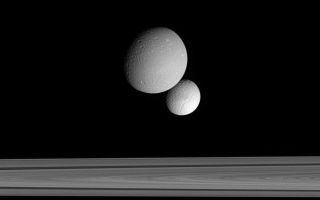
PIA07630: The Face-off
|
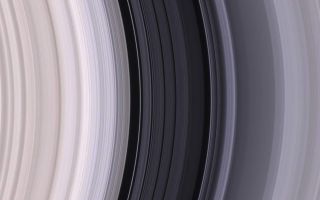
PIA07631: Graceful Lanes of Ice
|
![<h1>PIA07643: G Ring Aglow</h1><div class="PIA07643" lang="en" style="width:800px;text-align:left;margin:auto;background-color:#000;padding:10px;max-height:150px;overflow:auto;"><p>Saturn's G ring glows like a neon garland in this lovely narrow angle camera image from Cassini. The comparison between the diffuse outer boundary and the sharp inner edge of this ring, which consists of fine, dust-sized icy particles, is particularly noteworthy. Close Cassini views such as this should provide ring scientists with clues about how this ring is produced and confined.</p><p>The G ring extends from 166,000 to 173,200 kilometers (103,100 to 107,600 miles) from Saturn's center. (Saturn is 120,500 kilometers [74,900 miles] wide at its equator.)</p><p>The image was taken in visible light with the Cassini narrow-angle camera on Oct. 24, 2005, at a distance of approximately 2.1 million kilometers (1.3 million miles) from Saturn. The image scale is 12 kilometers (8 miles) per pixel.</p><p>The Cassini-Huygens mission is a cooperative project of NASA, the European Space Agency and the Italian Space Agency. The Jet Propulsion Laboratory, a division of the California Institute of Technology in Pasadena, manages the mission for NASA's Science Mission Directorate, Washington, D.C. The Cassini orbiter and its two onboard cameras were designed, developed and assembled at JPL. The imaging operations center is based at the Space Science Institute in Boulder, Colo.</p></p>For more information about the Cassini-Huygens mission visit <a href="http://saturn.jpl.nasa.gov">http://saturn.jpl.nasa.gov</a>. The Cassini imaging team homepage is at <a href="http://ciclops.org">http://ciclops.org</a>.</p><br /><br /><a href="http://photojournal.jpl.nasa.gov/catalog/PIA07643" onclick="window.open(this.href); return false;" title="Voir l'image PIA07643: G Ring Aglow sur le site de la NASA">Voir l'image PIA07643: G Ring Aglow sur le site de la NASA.</a></div>](system/html/PIA07643-90962f3e.jpg)
PIA07643: G Ring Aglow
|

PIA07644: When Moons Align
|
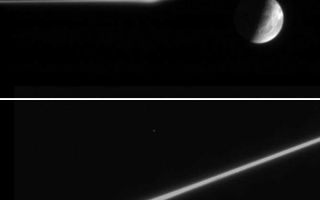
PIA07651: On the Edge
|
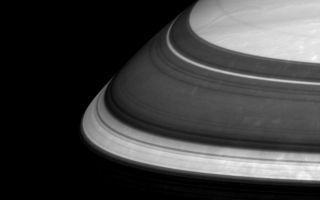
PIA07652: Gaps in the Darkness
|
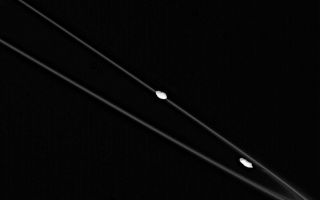
PIA07653: Close to the Shepherd Moons
|
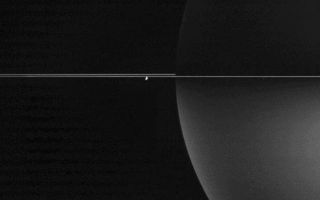
PIA07654: One Moon Among Billions
|
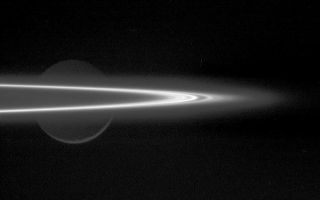
PIA07655: Bright Arc of Ice
|
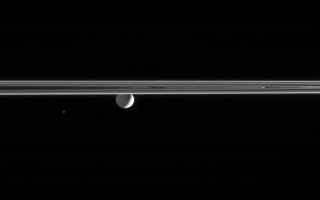
PIA07657: Small Worlds of Saturn
|
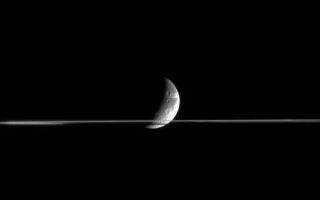
PIA07658: Slicing Through Dione
|
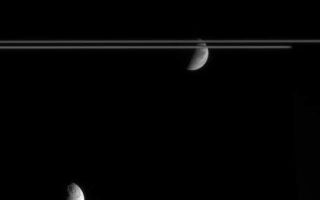
PIA07659: Children of Saturn
|

PIA07661: Choosing Sides
|

PIA07665: Distant Shepherd
|
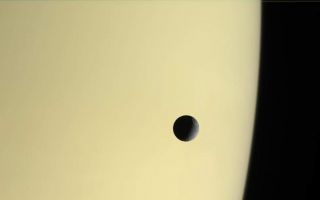
PIA07667: Adrift at Saturn
|
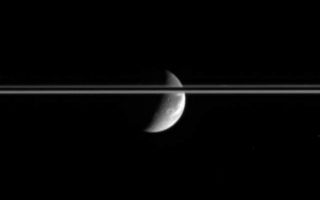
PIA07668: Light Seconds from Dione
|
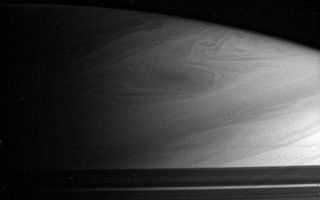
PIA07674: Hoping for a Hex
|
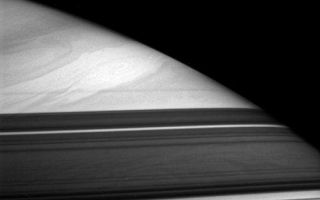
PIA07675: A Storm Escapes the Shadows
|
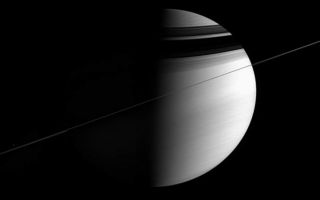
PIA07676: Slightly Sideways Saturn
|
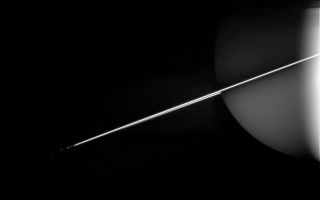
PIA07678: Gleaming Rings
|
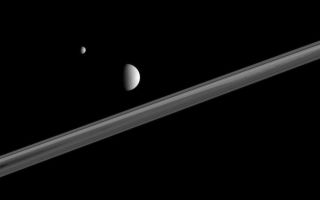
PIA07679: Moons in Perspective
|
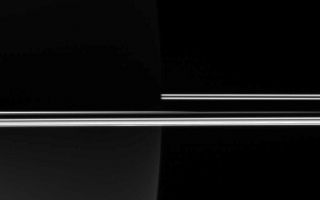
PIA07695: Rings Against a Dark Planet
|

PIA07704: Clinging to the Rings
|
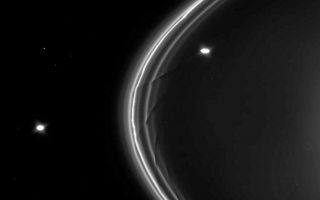
PIA07712: Shaping the Drapes
|
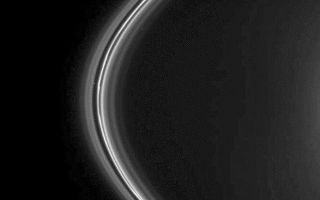
PIA07713: Unidentified F Ring Objects
|
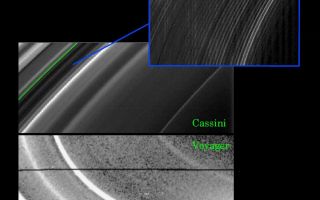
PIA07714: D Ring Revelations
|
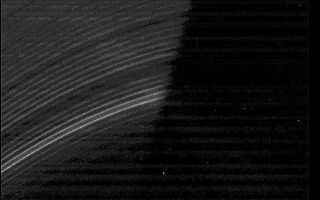
PIA07715: D Ring Revelations (Inset image)
|
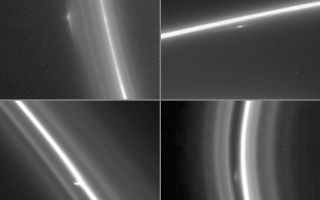
PIA07716: The Clump/Moon Mystery
|
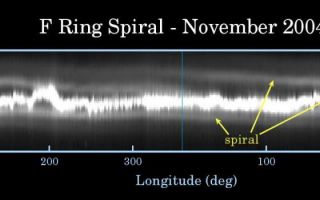
PIA07717: The F Ring's Spiral Arm
|
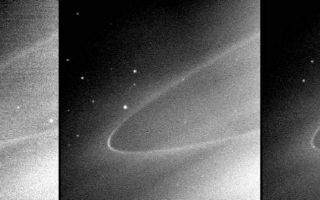
PIA07718: Arc in the Tenuous G Ring
|